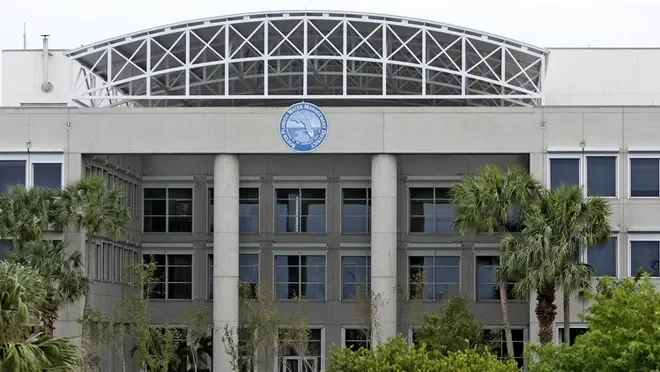Engineering Requirements for Single-Family vs. Multifamily Projects
While both single-family and multifamily developments serve residential purposes, the engineering and permitting requirements in Florida are vastly different.
From stormwater design to fire flow and utility connections, multifamily projects demand a higher level of technical coordination and agency review. Understanding these differences early can save developers time, cost, and multiple review cycles.
Why Project Type Matters in Site Design
In Florida, local and regional agencies — including city engineering departments, water management districts, and utility providers — apply different standards depending on whether the project is classified as single-family residential (SFR) or multifamily residential (MFR).
These differences affect not only drainage system sizing and permitting but also roadway design, parking, and fire access requirements.
For related topics, see:
Typical Permit Review Timeline in Miami-Dade
Florida Fire Flow Requirements for Site Design
Key Engineering Differences Between Single-Family and Multifamily Projects
| Design Element | Single-Family Residential (SFR) | Multifamily Residential (MFR) |
|---|---|---|
| Permitting Authority | Typically city or county building department. | Requires city, county, and often regional review (SFWMD or drainage district). |
| Stormwater Management | Small-scale retention swales or per-lot systems. | Centralized pond or underground system with modeling (ICPR or SWMM). |
| Utility Design | Individual connections to municipal water and sewer. | Shared infrastructure, lift stations, and fire service mains. |
| Traffic & Access | Driveways serving one or two homes. | Internal drive aisles, turning radii, and parking layout per FDOT or local standards. |
| Fire Protection | Single hydrant within 300 ft of home (where required). | Looped water mains with hydrant spacing ≤ 500 ft and fire flow verification. |
| Site Grading | Simple lot grading with spot elevations. | Comprehensive grading plan showing drainage flow, curbing, and retention. |
| Erosion Control | Silt fencing or straw wattles. | Full NPDES Stormwater Pollution Prevention Plan (SWPPP). |
| Easements | Utility and drainage easements per recorded plat. | Multiple internal easements for stormwater, access, and utilities. |
Drainage Design Considerations
Single-family projects typically use per-lot retention or swale systems, which are designed to handle runoff from individual roofs and driveways.
In contrast, multifamily projects require hydrologic modeling that accounts for total impervious area, shared stormwater systems, and controlled outfalls.
These models are often reviewed by agencies like the South Florida Water Management District (SFWMD) or local Water Control Districts, depending on site location.
For more on submittals, see:
How to Submit a Drainage Report to SFWMD.
Utility and Fire Flow Design
Multifamily developments generally include master-metered water systems and fire service mains, both of which require close coordination with the local utility department and fire marshal.
Engineers must provide fire flow test results, hydrant layout plans, and looped main designs meeting NFPA 1 and Florida Fire Prevention Code (FFPC) requirements.
Permitting Differences
Single-family projects are often permitted through a building permit only, while multifamily projects require multiple layers of review:
Development Review Committee (DRC) meeting.
Engineering plan approval.
Utility coordination with public works.
Stormwater permit from SFWMD or county.
Building permits for structures and amenities.
Understanding this layered process helps streamline approval timelines and prevent rejections.
Challenges Developers Face
Underestimating drainage and fire flow design complexity.
Misclassifying small townhouse projects as “single-family.”
Submitting incomplete utility coordination documentation.
Neglecting easement and plat modifications.
Engaging a civil engineer early ensures all these aspects are incorporated into design and permitting strategies.
Conclusion
Whether you’re building a single-family subdivision or a multifamily complex, each residential project type in Florida requires unique civil engineering expertise.
At RSP Engineers, we provide tailored stormwater, utility, and permitting solutions that align with project scale, jurisdictional requirements, and client timelines — ensuring approvals stay on track from concept to construction.
FAQs
-
Only if the site exceeds one acre of impervious area or discharges to offsite waters.
-
Yes, if designed as part of a platted subdivision with collective stormwater infrastructure.
-
Yes — it’s a key step in utility and fire department coordination.
-
No, multifamily approvals often take 60–120 days due to multi-agency coordination.
Partnering With Florida Developers for Residential Site Design
At RSP Engineers, we guide developers through the full permitting process for both single-family and multifamily projects — providing accurate modeling, drainage plans, and code-compliant design packages.











